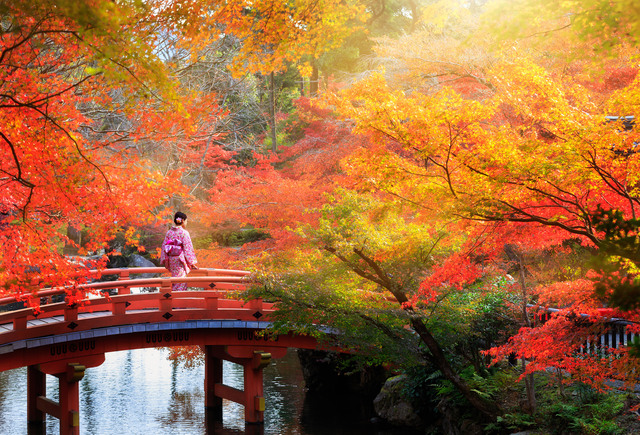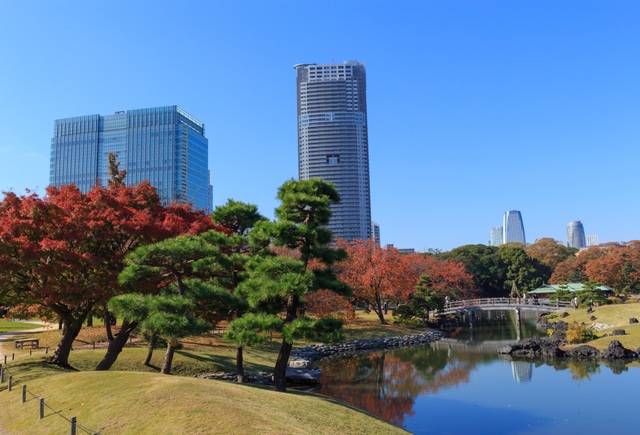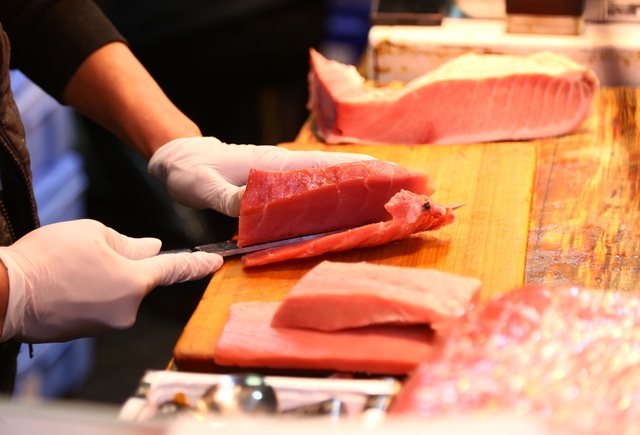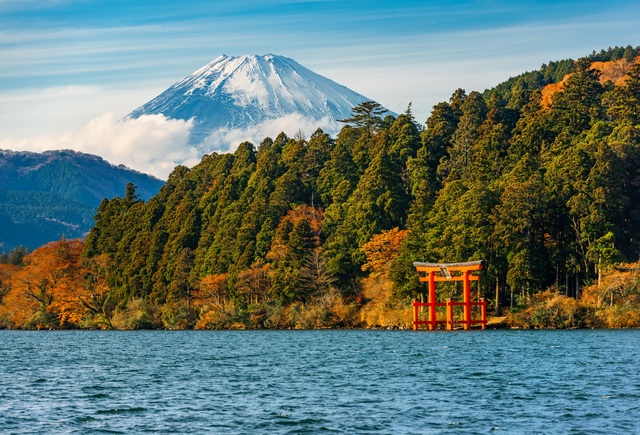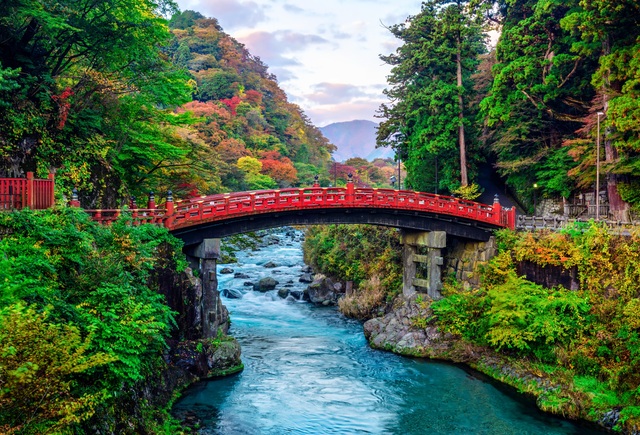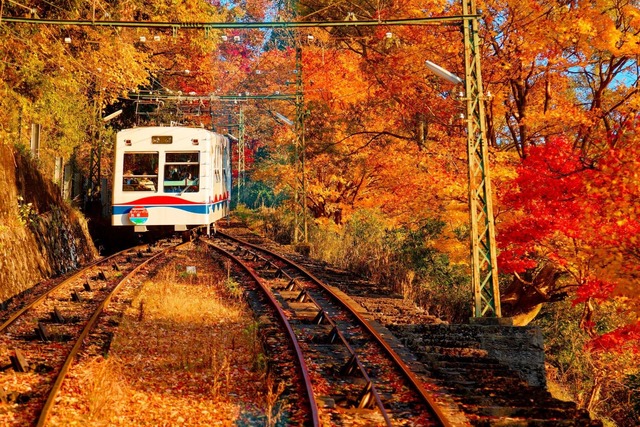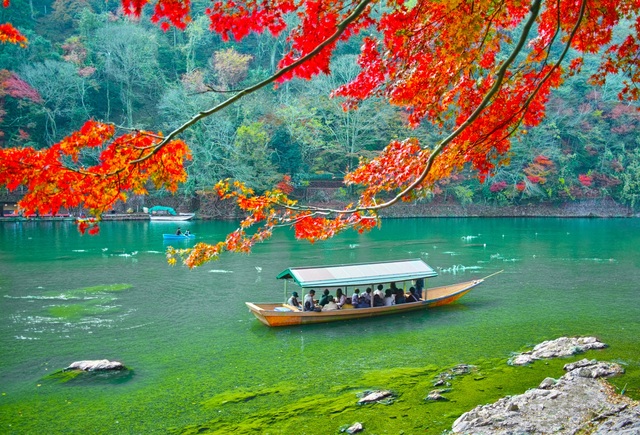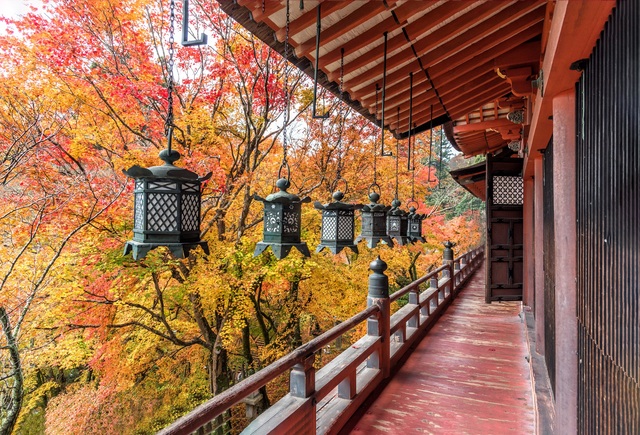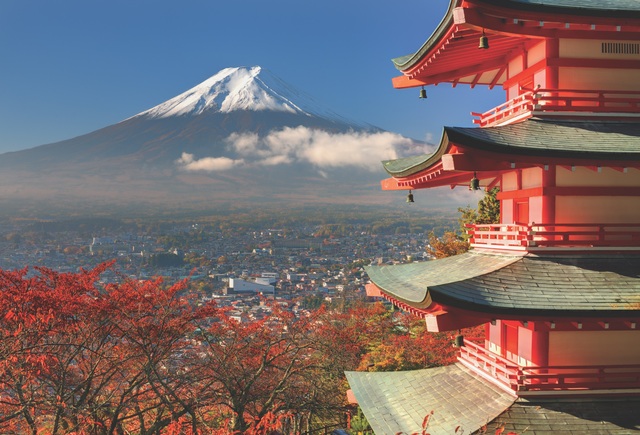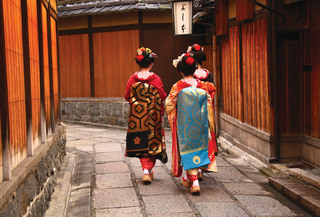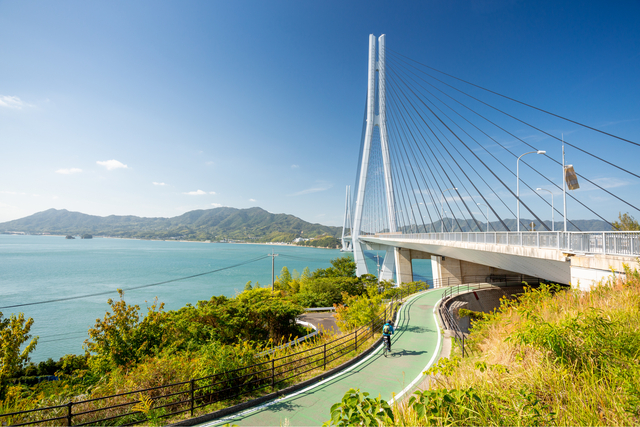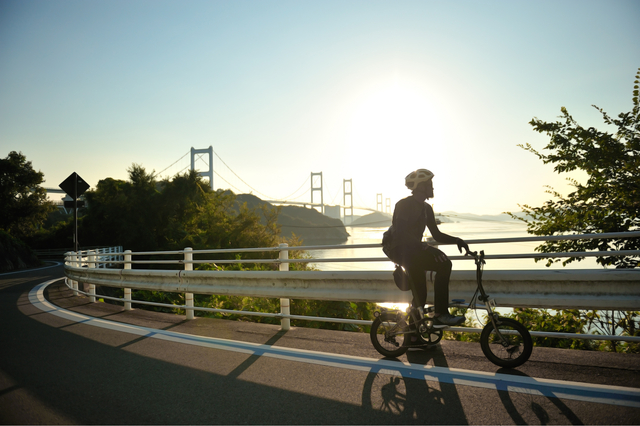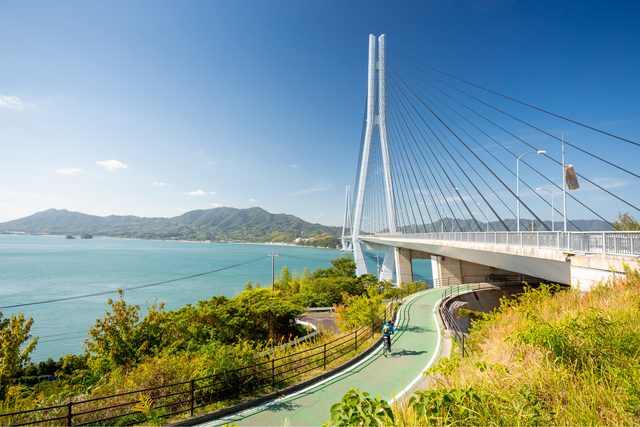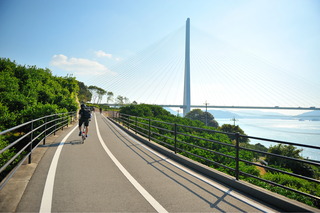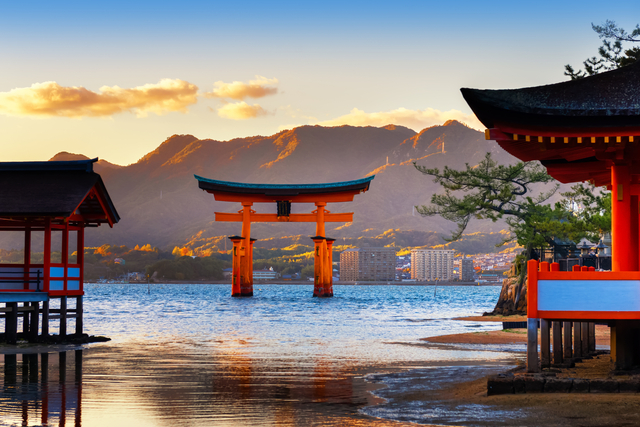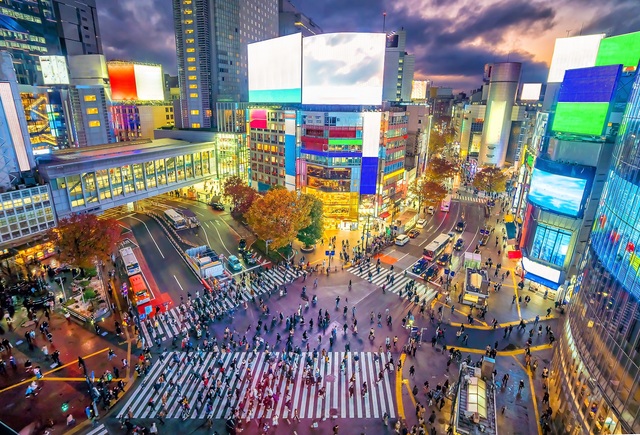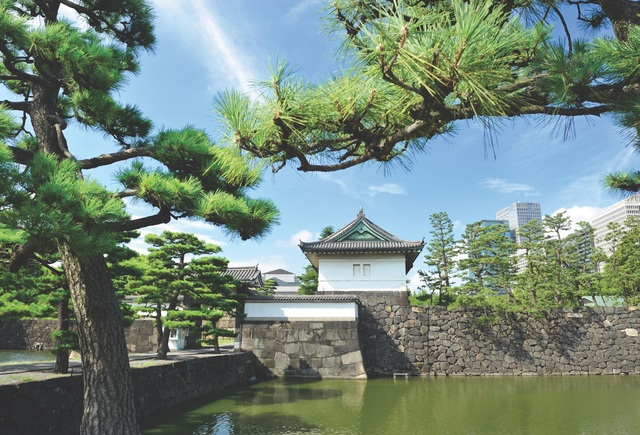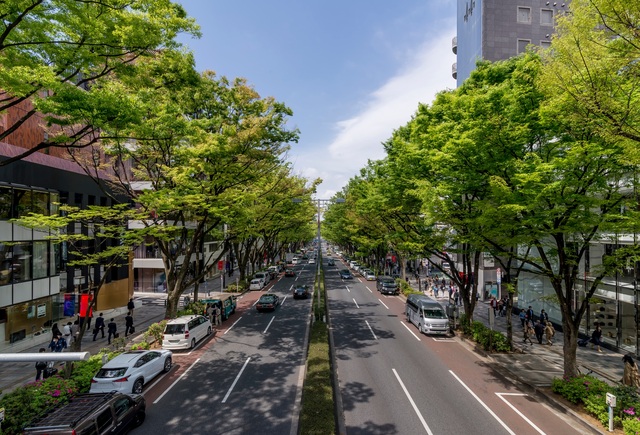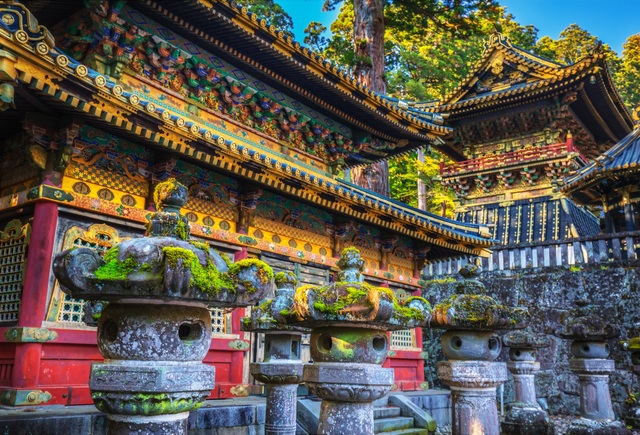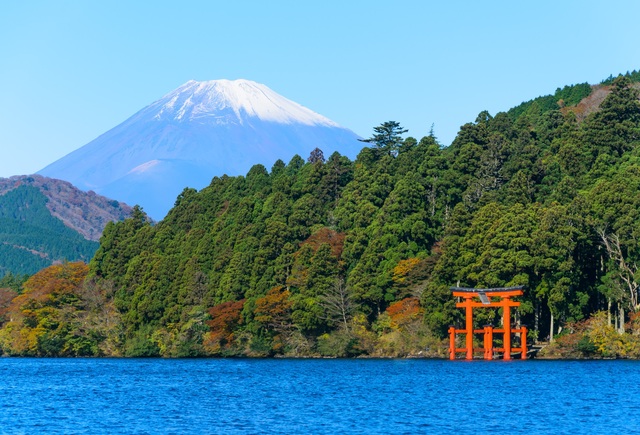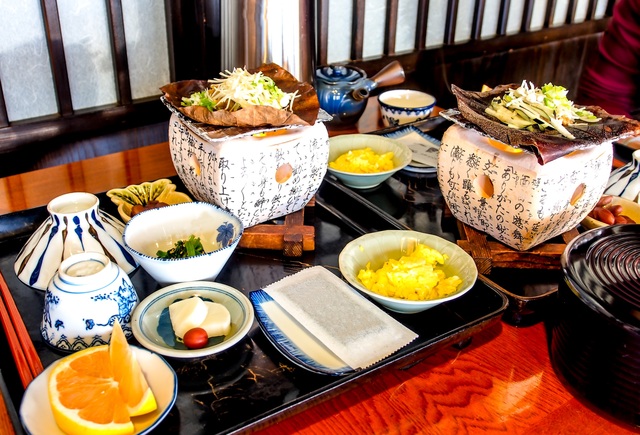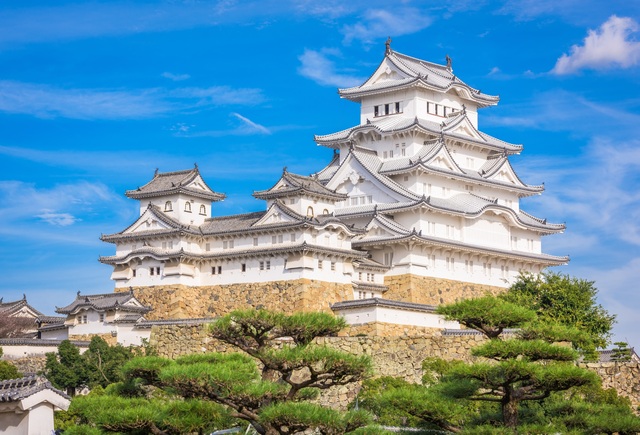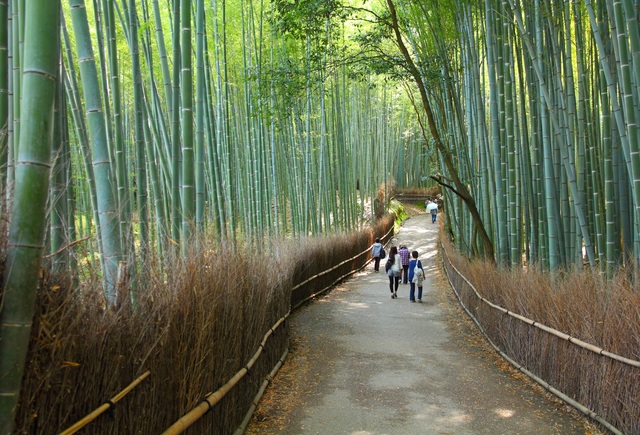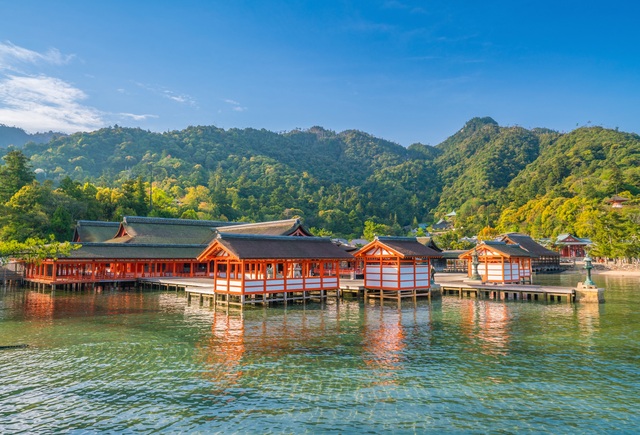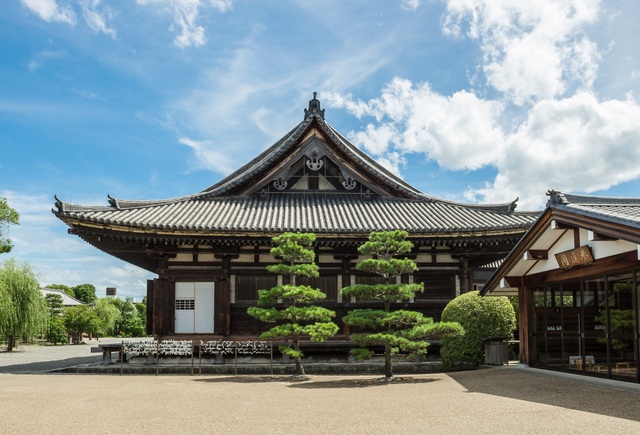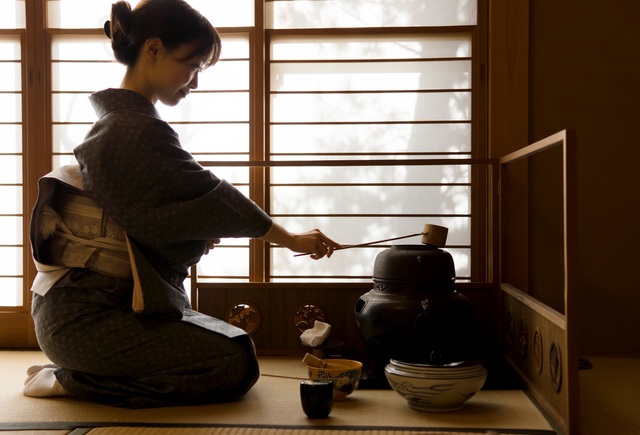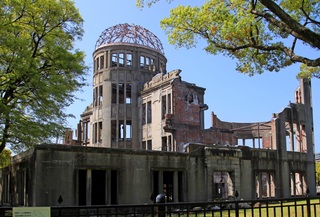Kansai Food and History
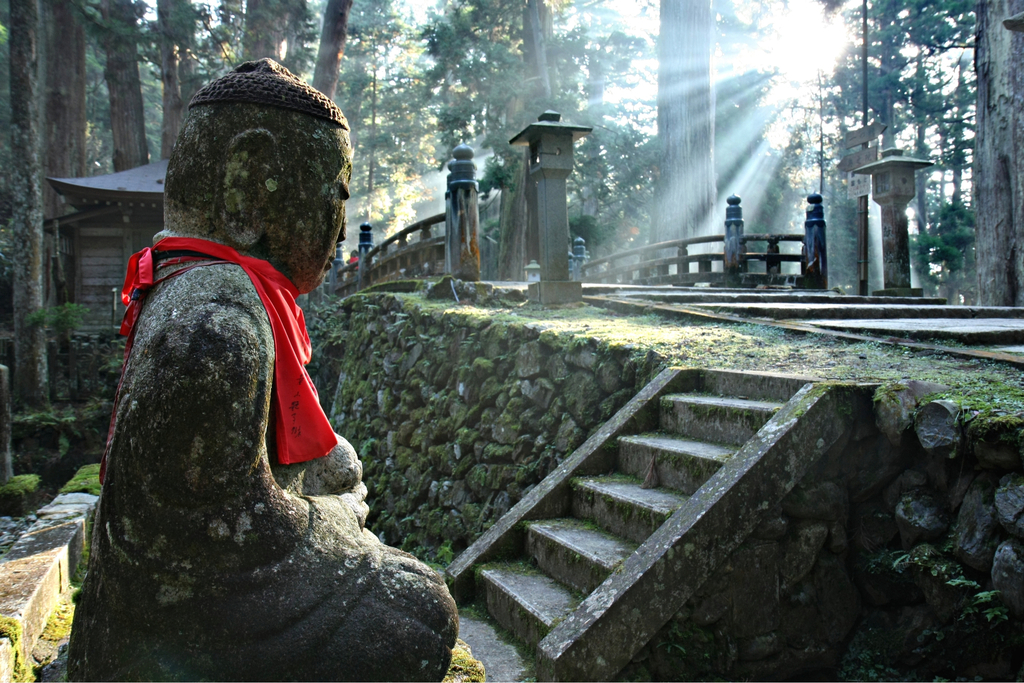
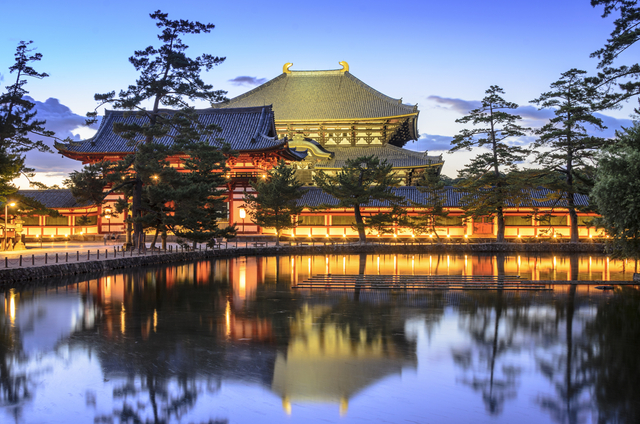
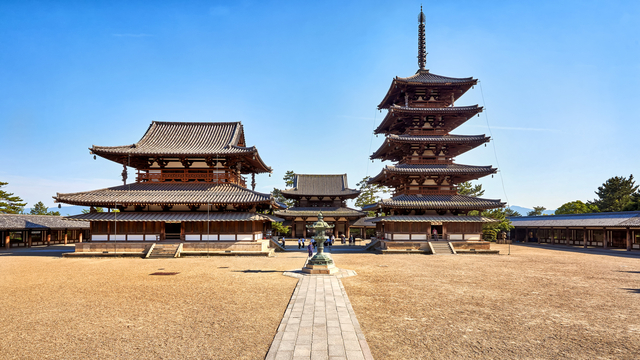
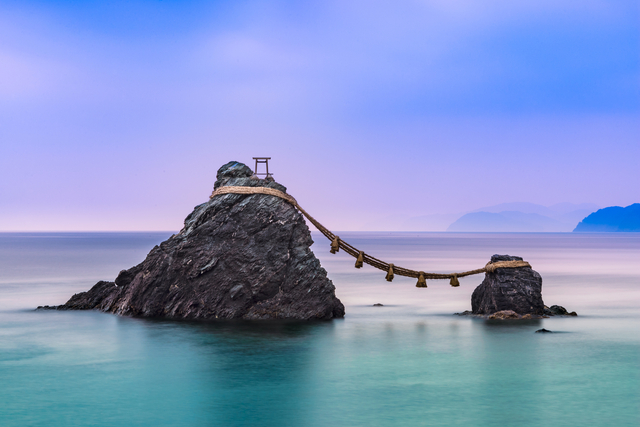
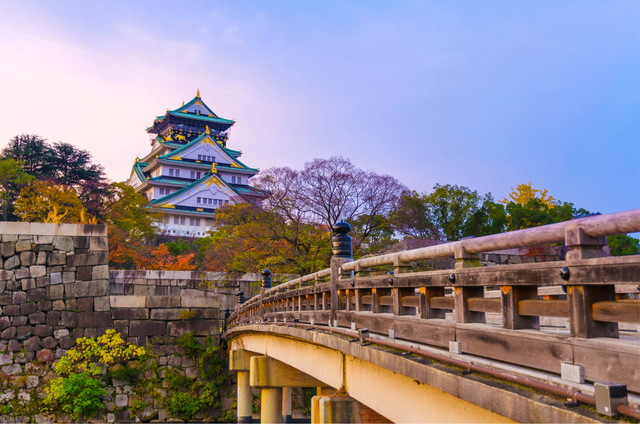
- Cuisine
- Culture
- History
- Nature
Overview
Buddhist temples, Shinto shrines, coastal views, excellent seafood, and urban culinary delights.
Immerse yourself in the Buddhist traditions of ancient Mt. Koya and the historical-cultural heritage of Nara, travel east to Mie prefecture to enjoy the spectacular coastline and some top-quality seafood. Wrap up your adventure in Osaka, where your tastebuds will be delighted with a different delicacy on every street corner!
Suggested itinerary
Today you will start by travelling from Kyoto Station, where you will take the train (via Osaka) to Mt. Koya in Wakayama prefecture.
Mt. Koya (also known as Kōyasan) is the centre of Shingon Buddhism. This important Buddhist sect was introduced to Japan in 805 by Kobo Daishi (also known as Kukai), one of Japan's most significant religious figures. The mountain is also the Kobo Daishi's mausoleum site and the start and endpoint of the Shikoku 88 Temple Pilgrimage.
On Mt. Koya, you will find more than 60 active Buddhist temples, many of which also function as lodgings (Shukubo)! Here you can get a taste of a monk's lifestyle and attend the morning prayers. Dinner is included in the overnight temple stay. It's a traditional and impressive start to your culinary journey. The vegetarian monk's cuisine (shojin ryori) dates back to the 13th century, and a typical meal consists of seasonal vegetables and wild plants. A simple but delicious and highly nutritious vegetarian dinner!
After getting up early to attend the morning prayers by the monks and enjoying a tasty vegetarian breakfast, it is time for an early morning stroll. Make sure to visit Okunoin, the impressive and atmospheric mausoleum of Kobo Daishi. End of the morning, take the cable car/train down towards Nara city.
Nara was the capital of Japan as early as the 8th century. Take your time to visit the breathtaking Todai-ji temple, with the central hall Daibutsuden being the biggest wooden temple structure in Japan, containing the famous bronze Great Buddha statue.
For a special lunch, try one of the restaurants at the Nara Hotel, which was founded in 1909 to serve as the premier guest house in the Kansai region for visiting government delegations from abroad.
In the afternoon, visit Kasuga Taisha, the shrine of the Fujiwara family, which was established in 768, and rebuilt several times over the centuries. The interior is famous for its many bronze lanterns and the many stone lanterns that lead up the shrine. The gardens are perfect for a relaxed afternoon stroll.
In the evening, you will stay at a lovely traditional ryokan (Japanese inn). Dinner is included, and you will be able to try some Nara specialities such as pickled vegetables, soba noodles and Kaki no Hazushi (sushi made of salted / marinated mackerel).
After enjoying a lovely traditional breakfast at your ryokan, you will set out to explore the mountains around Nara city. Visit Mt. Shigi, where Chogosonshi-ji temple offers lovely views of Nara, a beautiful garden (with great cherry blossoms in spring), surrounding hillsides with lush green, and various flowers and plants. There are also lodgings (Shukubo) here, and you could choose to stay here for a night.
Alternatively, you could visit Horyu-ji temple, which has a 1500-year history and contains the world's oldest surviving wooden structures.
Today, you will leave behind Mt. Koya and Nara's traditional Buddhist atmosphere and travel to Mie prefecture with its seaside towns and awesome coastal scenery!
The first stop today is Ise, on the Shima Peninsula (Shima Hantō), which is home to Japan's most sacred Shinto shrines, the Ise Shrines (Ise Jingu). According to Shinto traditional guidelines, both the Inner and Outer Shrine are rebuilt from scratch every 20 years.
Then you continue your trip to Futaminoura, a picturesque seaside town with a nice rocky coastline. A must-see here is the Meotoiwa (or "wedded rocks"), two sacred rocks in the ocean just in front of the Futaminoura shore. The larger of the two rocks represent the husband, and the smaller one represents the wife. Both rocks are connected by a shimenawa rope which acts as the division between the spiritual and earthly worlds.
Your accommodation for the night will be an excellent seaside ryokan in Futaminoura, where you will enjoy a delicious dinner with many seafood delicacies such as mussels, scallops, octopus and oysters.
After breakfast, you will continue your trip just 30 minutes eastwards, to another interesting town with a splendid seaside location, Toba. Toba lies on the upper edge of the Shima Peninsula and faces Ise-Shima Bay and the Pacific Ocean.
Toba is famous for pearl cultivation. It was the first place where pearls were successfully cultivated, and the area is home to many of Japan's ama. These female free divers are famous for collecting pearls and especially for diving without any scuba gear or air tanks.
While in Toba, make sure to visit Mikimoto Pearl Island, a fascinating museum about pearls, pearl cultivation and the pioneer who first succeeded in cultivating pearls (Mikimoto Koichi).
After enjoying a seafood/seaside lunch in Tobu, you will take the train south to Kashikojiima, which is the final stop on the Kintetsu Railway Shima line and arrive in Ago Bay. Tonight, you will stay at a comfortable seaside hotel overlooking Ago Bay. You will be treated to another outstanding seafood dinner, including southern Ago Bay delicacies such as spiny lobster (crayfish), abalone and other shellfish.
After breakfast and a walk along the bay, to enjoy the sea breeze – you'll take a late morning train to Osaka, a pleasant two and a half hours direct train ride west, across central Mie and Nara prefectures.
After arriving in Osaka, you'll explore the northern city centre Umeda (the area around JR Osaka station) on foot and find a nice small restaurant for the first Osaka delicacy, ramen. After lunch, enjoy the view of Osaka from Umeda Sky Building Floating observatory, with amazing panoramic views, 173 meters above ground level.
Finally, Visit Osaka Castle and the surrounding park, which is particularly gorgeous in the cherry blossoms period, as the Nishinomaru Garden, encompassing the former "western citadel"-part of the castle, a lawn garden with around 600 cherry trees. For dinner, try one of the excellent smaller sushi restaurants around JR / Hankyu Umeda station.
On this last full day of this add-on tour, you'll explore the lively and exciting southern part of Osaka. First, you will take the subway to the Shinsaibashi or Namba area, the perfect place for shopping and buying souvenirs! In the adjacent Nipponbashi area, Den Den Town is dedicated to electronic and gaming goods and often compared to Tokyo's Akihabara district. A lot of fun to stroll around and explore some bigger or smaller stores!
Then, it is time to walk back to the Namba area and enjoy a lunch of okonomiyaki at one of the many small restaurants lining Dotonbori Avenue and river.
In the afternoon you could visit Osaka Kaiyukan, an aquarium at Tempozan Harbour. At the nearby Tempozan Harbor Village, try some delicious snack food such as yakisoba (fried noodles) or takoyaki.
On your final evening in Japan, walk or take the subway south to Tennoji and try one of the restaurants on the 12th-14th floor of Abeno Harukas skyscraper.
Today is the end of the add-on adventure. You will have a transfer by airport bus or shared taxi from your hotel to Osaka Kansai International airport (60 minutes), from which your return flight to Europe will depart. We hope you discovered a side of Japan that you will always remember!
Accommodation
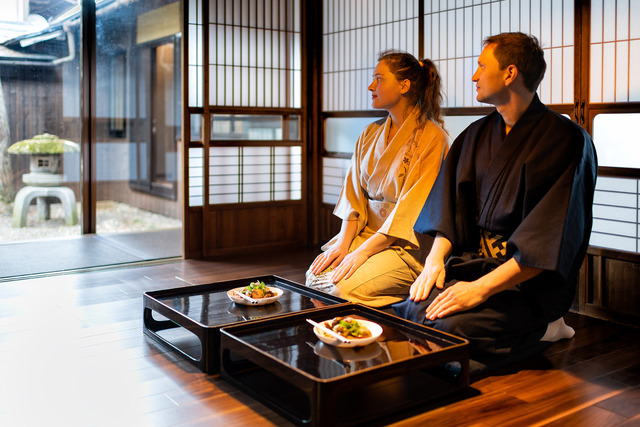 + 5 Photos
+ 5 Photos
A ryokan is a traditional Japanese inn that offers a unique cultural experience. Guests sleep on tatami mats, enjoy traditional meals and may have hot springs & gardens.
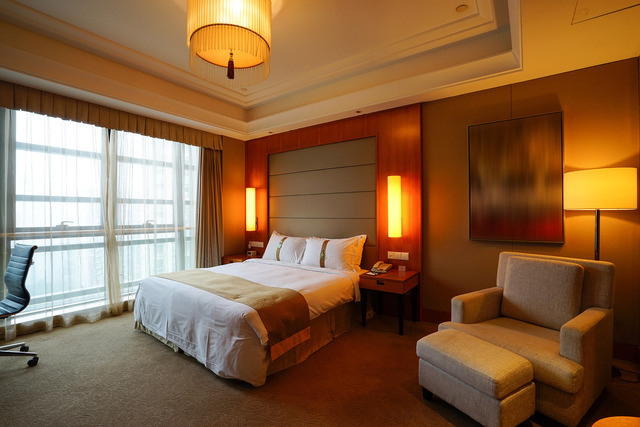 + 5 Photos
+ 5 Photos
Western-style hotels in Japan offer comfort and convenience with amenities like room service and fitness centres. Many are located in major cities and near popular destinations.
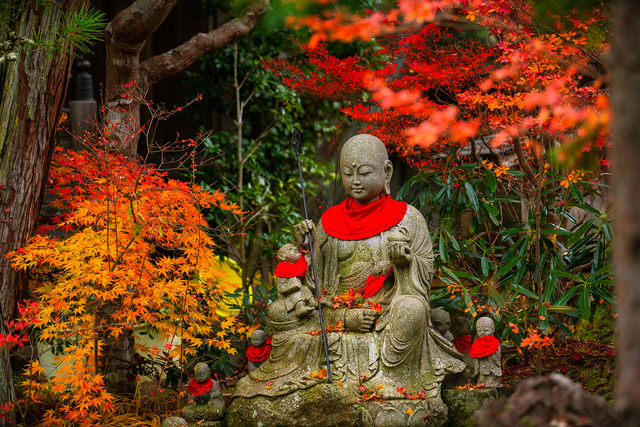 + 5 Photos
+ 5 Photos
Temple stays in Japan offer a unique opportunity to experience traditional Buddhist culture. Guests can participate in meditation, religious ceremonies and learn about temple life.
Important information
Important information
- Travel insurance is optional. Let us know if you’d like help adding it to your trip.
- The itinerary shown is an example. We’ll tailor the tour to fit your interests and travel style.
- Once you get in touch, we’ll finetune the details together to make sure the trip suits you perfectly.
What is included
- 2 nights in western style accommodations
- 4 nights in Japanese-style Ryokan with onsen
- 1 night in Japanese-style temple stay
- Breakfast and dinner (selected locations)
- Transport tickets between destinations
- Airport transfer in Osaka
What is not included
- International return flight tickets
- Checked luggage
- Transport to Kyoto
- Local transport (buses, metro, taxis)
- Local city tax which needs to be paid on the spot
- Optional excursions and sightseeing tours
- Travel insurance


